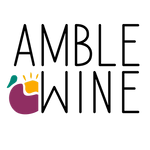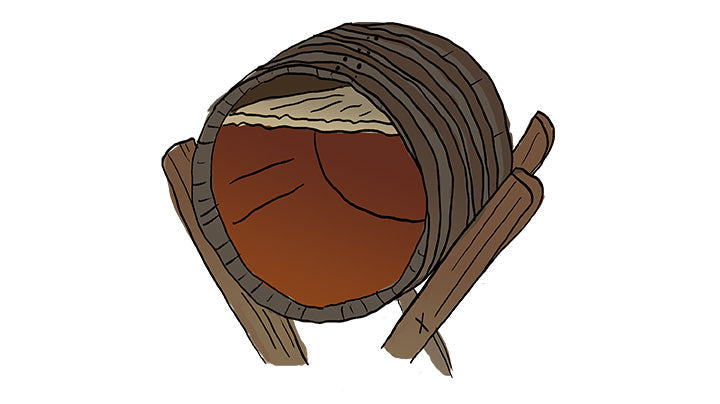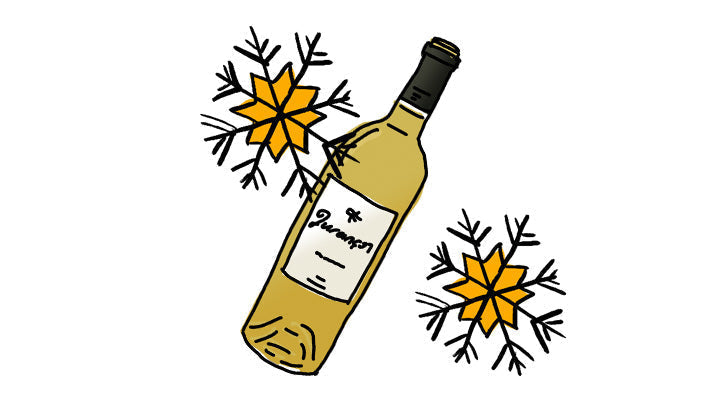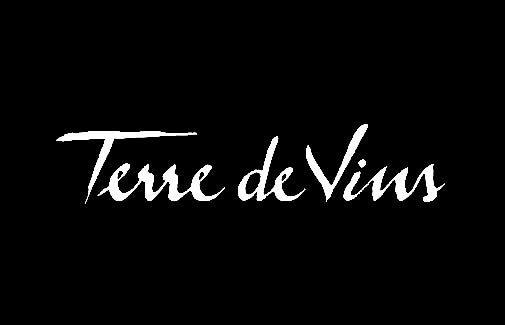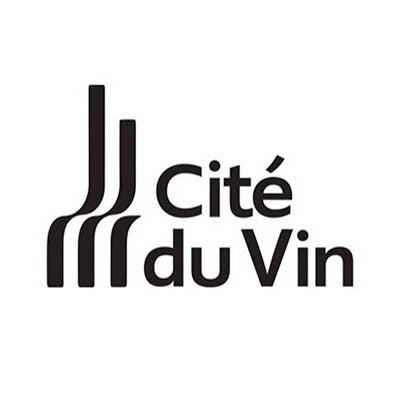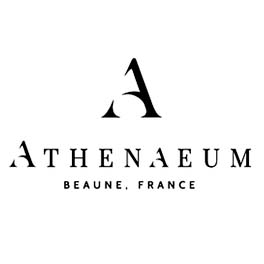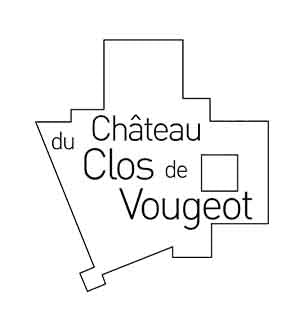You might be familiar with one or several of these situations:
-
You never remember which one is the sweetest: extra dry, dry, extra brut, brut?
-
You bought a "dry" sparkling wine, and you're surprised to see it's way sweeter than you expected
-
You simply struggle to understand how these sweetness labels work
So here is an introductory guide on sweetness in wines.
Introduction
First of all, where does this sugar come from?
1. Sugar can come from the grape itself. First option, the grapes are very sweet before winemaking (nature of the grape variety, harvested late so more sugar developed, dried on/off the vines so less water means higher concentration of sugar) > not all the sugar could be converted into alcohol by the yeasts. Second option comes from the winemaking. The winemaker can intentionally stop fermentation before all yeasts finished to convert this sugar into alcohol (so less alcohol = more sugar remaining).
2. Sugar can come from other sources. It is usually added after fermentation to sweeten a dry wine (with beet sugar, cane sugar or grape juice). This option is usually cheap and used to produce lower quality wines.
Sugar left in the wine is usually referred as the residual sugar (RS) and expressed in g/L.
Important note: Sugar level of a grape or must (all the sugar that can be converted into alcohol) is not equal to residual sugar (sugar left in the wine at the end). So a sugar level might be high, with no residual sugar left, leading to a wine with high alcohol.
Still wines
In UE, it is not mandatory to put the level of residual sugar on wine labels (sometimes confusing...). Usually, if the wine has some noticeable sweetness, producers will indicate it on the label, but again, that's not all always the case. Experience and knowledge of producers are key in this instance. Here are the terms you can meet (in UE):
Ue regulation for residual sugar in still wines
-
Dry, sec, seco, trocken: <4 g/L RS
-
Medium dry, off dry, demi sec, semi seco, halbtrocken: 4 - 12 g/L RS
-
Medium sweet, moelleux, semi dulce, lieblich: 12 - 45 g/L RS
-
Sweet, doux, dulce, süss: >45 g/L RS
To picture it, a piece of sugar weighs approximately 6 g. So if your wine has 45 g/L of residual sugar, this is equivalent to 5-6 pieces of sugar in the bottle (so about 1 piece per glass).
Other terms that you can find on labels, related to sugar content:
-
Vendanges tardives (in Alsace, "late harvest") : usually 50 - 60 g/L
-
Sélection de grains nobles (in Alsace, grapes affected by noble rot - botrytis - concentrating sugar and bringing complexity): usually 100 - 120 g/L
German still wines
Germany is a bit special. Here, there is a classification based on the sweetness level of the must. The sweeter the must, the higher the quality of the final wine (because it is considered riper, grapes had more sugar). From the lowest to the highest quality:
German Prädikat system (Qualitätswein mit Prädikat)
-
Kabinett: dry, medium dry or medium sweet (see UE regulation above)
-
Spätlese: dry, medium dry or medium sweet
-
Auslese: dry, medium dry, medium sweet or sweet. Late harvested grapes
-
Beerenauslese (BA): sweet. Botrytis-affected grapes
-
Trockenbeerenauslese (TBA): sweet. Botrytis-affected grapes
-
Eiswein: sweet. Made from winter-harvested grapes, all the water of the grapes changed into solid ice and can be removed at pressing, massively concentrated sugar
Sparkling wines
Again, legislation in the UE is different for sparkling wines. For sparkling wines, this residual sugar can come from sugar added after the two fermentations (known as dosage in traditional method wines) or by stopping second fermentation (Asti method). These are the terms you will meet in UE:
Ue regulation for residual sugar in sparkling wines
-
Brut nature, bruto natural, naturherb (no dosage allowed): 0 - 3 g/L RS
-
Extra brut, extra bruto, extra herb: 0 - 6 g/L RS
-
Brut, bruto, herb: 0 - 12 g/l RS
-
Extra dry, extra sec, extra seco, extra trocken: 12 - 17 g/L RS
-
Dry, sec, seco, trocken: 17 - 32 g/L RS
-
Medium dry, demi sec, semi seco, halbtrocken: 32 - 50 g/L RS
-
Sweet, doux, dulce, mild: >50 g/L RS
Some examples
-
Pouilly-Fumé (still) : dry, <4 g/L RS
-
"Pet Nat" (sparkling) : dry, 17 - 32 g/L RS
-
Moscato d'Asti (sparkling) : sweet, 100 g/L RS
-
Sauternes (still) : sweet, 90 - 120 g/L RS
-
Port (still, fortified) : 100 - 120 g/L RS
-
Tokaji Essencia (still) : sweet, 450 g/L RS !
To conclude, it's all about balance. You might think the level of sugar of a German riesling BA or a Sauternes is lower than it actually is, because these wines are usually balanced by a fierce acidity. Sugar can be a powerful ally to make more pleasant wines.
